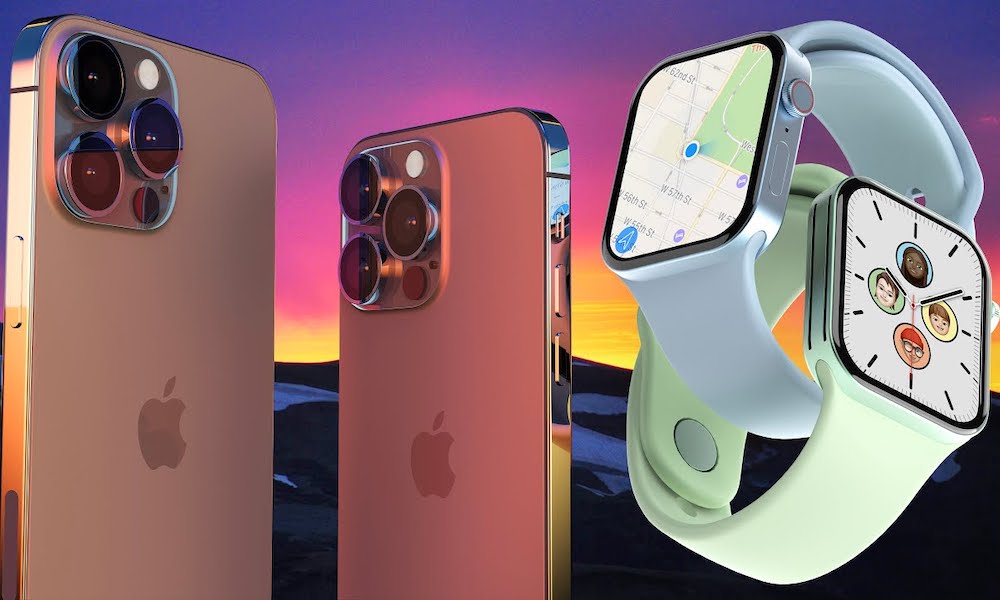These iPhones, iPads, and Apple Watches Will Get Apple’s Latest Software Updates
 Credit: EverythingApplePro
Credit: EverythingApplePro
Toggle Dark Mode
The longevity of Apple’s hardware devices when it comes to software updates has become almost legendary. It’s something that Android users can only dream of, and this year Apple has set an even higher bar with iOS 15, iPadOS 15, and watchOS 8.
As a rule of thumb, you can expect that any Apple device will receive new OS updates for a bare minimum of four years after its release, but in many cases, it’s actually more like five years.
Although new iOS releases naturally have to drop support for older models from time to time, every few years a new iOS version comes out that continues to support every model that ran with the last version. This was the case with iOS 9 in 2015, iOS 12 in 2018, and most recently last year’s iOS 14 release.
In the case of iOS 14, Apple tied the record set by the iPhone 5s, which had previously been the longest-supported iPhone in history, shipping with iOS 7 in 2013 and only being dropped from the roster with the 2019 release of iOS 13.
Last year, however, iOS 14 kept everything in the lineup, which meant that users of the 2015 iPhone 6s (which originally shipped with iOS 9) could enjoy all the features of Apple’s latest mobile operating system.
Now, for the first time ever, Apple has repeated this move in iOS 15 and its counterparts, which will leave no iPhone, iPad, or Apple Watch behind.
- 2012 — iOS 6 drops the 2008 iPhone 3G, 2009 iPod touch 3G and original 2010 iPad.
- 2013 — iOS 7 drops the 2009 iPhone 3GS and 2010 iPod touch 4G
- 2014 — iOS 8 drops the 2010 iPhone 4
- 2015 — iOS 9 continued to support all earlier models from iOS 8
- 2016 — iOS 10 drops the 2011 iPhone 4s and iPad 2, and 2012 iPod touch 5G
- 2017 — iOS 11 drops the 2012 iPhone 5, 2013 iPhone 5c, iPad 4
- 2018 — iOS 12 continued to support all earlier models from iOS 11
- 2019 — iOS 13 drops the 2013 iPhone 5s and 2014 iPhone 6 models
- 2020 — iOS 14 continues to support all earlier models from iOS 13
- 2021 — iOS 15 will continue to support all earlier models from iOS 13
What Are the Oldest iPhones and iPads That Can Install iOS 15?
iOS 15 and iPadOS 15 will continue to support all the same iPhone and iPad models that were capable of running iOS 13 and iPadOS 13 two years ago. Even though it’s now 2021, when iOS 15 arrives later this year, users who purchased an iPhone 6s back in 2015 will still be able to upgrade to Apple’s latest operating system — six years after it was first released.
Further, since iOS 15 point releases will undoubtedly continue into 2022, this means that the iPhone 6s is poised to hit almost seven years, breaking the iPhone 5s’ streak that was ended by iOS 13 back in 2019 and lining it up to be the longest-supported iPhone in Apple history.
This is even more significant with iPadOS 15, which will also continue to support all the devices that could run iPadOS 13 two years ago. This means the iPad Air 2, which was released in 2014, will still be receiving the latest version of iPadOS, giving it an eight-year run.
In other words, people who bought their last iPad back when Barack Obama was still President and One Direction and Katy Perry were topping the music charts will still be able to enjoy the newest features in iPadOS 15 when it arrives later this year.
What’s the Oldest Apple Watch to Support watchOS 8?
While Apple Watch users won’t do quite as well, since watchOS 7 dropped support for the Series 1 and Series 2 models last year, this year’s release of watchOS 8 can still be installed on the full lineup of watchOS 7 compatible devices — including the somewhat tricky Apple Watch Series 3. This continues the 2017 model’s streak for being the longest supported Apple Watch, now crossing into its fifth year on the market.
In fact, the Series 3 is also now the oldest product that’s still being sold by Apple. The company clearly doesn’t want to discontinue this model just yet, but we’re hoping that it will find a way to solve the problems that users experienced with watchOS 7 last year.






